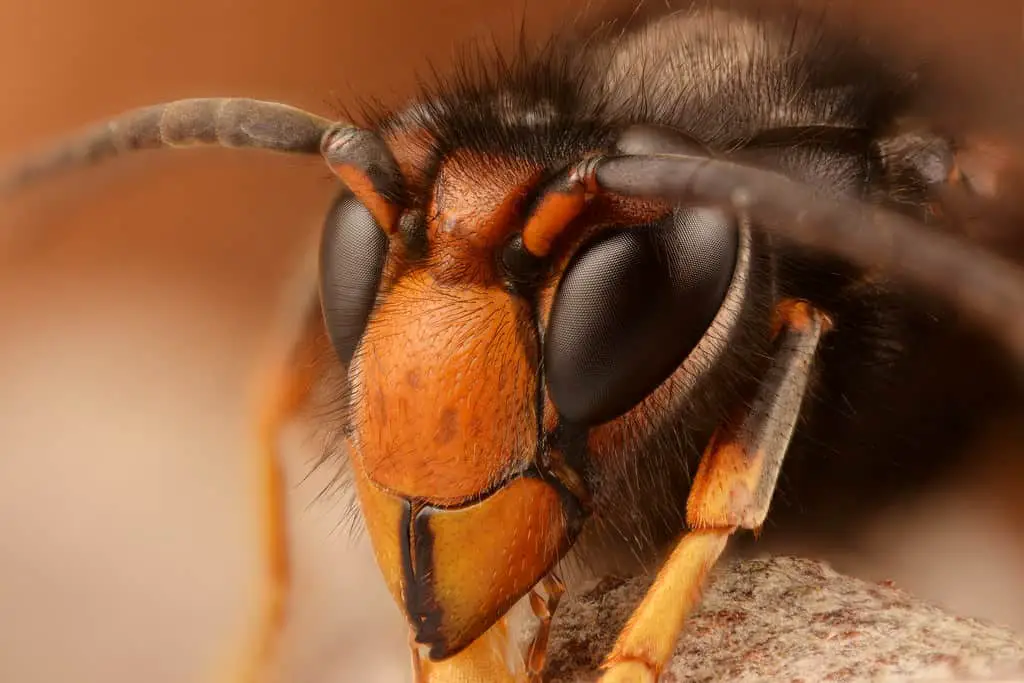CAUSE #5: New predators
The Asian hornet, a new predator in Europe

As much as humans are bad for the health of bees, we are not their only enemy.
The most recent example of a new threat to honey bee from the animal world is from 2004:
The Asian hornet(Vespa velutina) appeared for the first time in France (Lot-et-Garonne district). Since then it has spread in 4 years across 20 districts, over approximately 120,000 km. (Vespa velutina)4.
Originally from Taiwan and India, this species demonstrated its perfect adaptation to the brand new European environment. A rapid growth of colonies proved as indicator for the adaption skill.
At the moment, there are three hornet species in Europe:
- the European hornet (Vespa crabro)
- the Oriental hornet (Vespa orientalis) in south-east Europe, and
- the invasive Asian hornet (Vespa velutina) in the south-west of France.
The three species are morphologically distinct in color and size. Yet, all of them are strongly attracted to honey bees as a prey. However, the Asian hornet is much more aggressive than her European sisters.
The invasive predator represents a serious threat to local pollinators, mainly honey bees.
Here is an example to comprehend the atrocity of such a hornet attack:
In Japan, beekeepers sometimes prefer European honey bees to native honey bees, because of the larger honey harvest. Those European bees are not prepared for the attacks of the local Japanese giant hornet, a sub-species of the Asian hornet. Once one of these giant hornets has located a hive of European honey bees, it leaves pheromone markers around the hive. These markers then attract other hornet nest-mates.
When they attack, an individual hornet can kill forty European honey bees per minute. A group of 30 hornets can hunt down an entire hive containing 30,000 bees in less than four hours5.
After the honey bee mass, the hornets return to their nest with the bee thoraxes and bee larvae to feed to their larvae. They leave bee heads and limbs behind, which remain as proves of the massacre.
Why do hornets attack bees?
Hornets attack honey bee colonies to feed their brood with proteins (bee larvae) and to get carbohydrates (honey). Asian honey bees defend their colonies and form a ball of worker bees around the intruder and kill it by heatstroke. To see how they do it, check this impressive video by National Geographic.
In Europe, native honey bees successfully display the same balling behavior against the native hornet species. Unfortunately they can’t consistently fight the Asian hornet6.
In France, bee colonies exhibit ineffective defense strategy against attacks of the new invader.
How to stop the Asian hornet?
The eradication of the Asian hornet seems no longer possible. Researchers expect a further expansion into other countries in Europe soon, if governments don’t conduct rapid and efficient control management.
To avoid further expansion of the Asian hornet, we have to act on a European and global level.
Here are the approaches:
– build a hornet alert network,
– fight back with largely distributed hornet traps.
